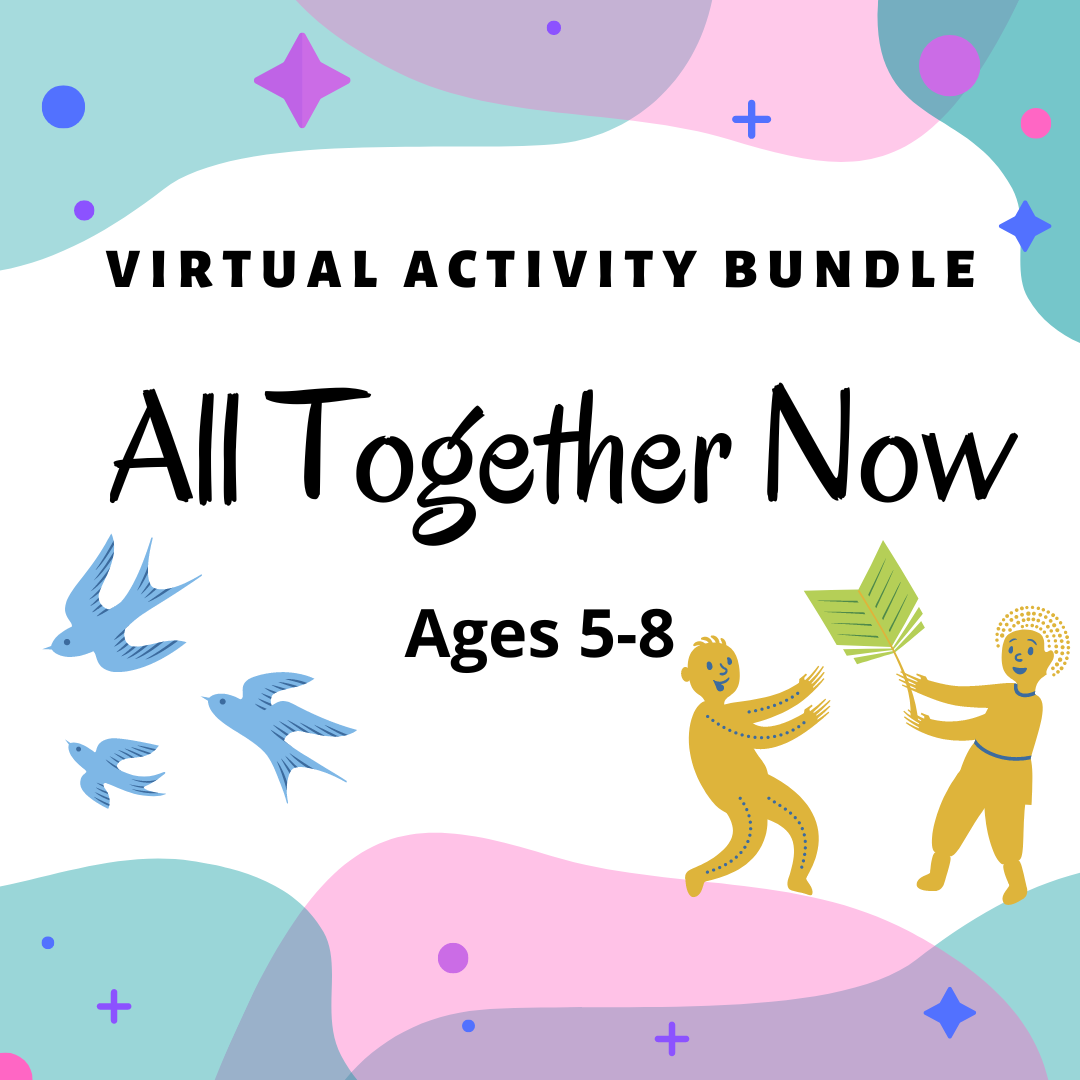
Summer Reading 2023 is in full swing! This year’s theme is “All Together Now,” and all summer long, we’re celebrating our connections with family, friends and community. In this virtual activity bundle, you’ll find books, music, videos and more for kids ages 5 to 8, all focused on togetherness and inclusivity. Read, listen, watch and create along with us! Continue reading “Virtual Activity Bundle: All Together Now”

How’s your Summer Reading going? If you need some inspiration for new books to try, check these out. There’s some really excellent stuff coming out this summer!
Picture Books
 “The Red Jacket” by Bob Holt
“The Red Jacket” by Bob Holt
Bob the seagull is feeling glum and disconnected from the other beach residents. So when a cheerful songbird gives him a swanky red jacket (with french fries in the pockets!) Bob is confused but delighted. Suddenly Bob is feeling confident and outgoing in his fancy red jacket and is making connections with all the animals around him. After a wave sweeps his jacket away, Bob’s new friends rally to find it and he realizes that he no longer needs the jacket to feel confident and valued. Parents will enjoy the opportunity to discuss self-worth, kindness and generosity, and kids will enjoy the snappy speech balloon dialogue and cartoon-inspired illustrations. Continue reading “Brianna’s Books: July Favorites 2023”
Did you know the ancient peoples of modern-day United Kingdom moved giant stones (some as long as a school bus and weighing 50 tons!) across hundreds of miles and for over 1,500 years to create a monument to honor the sun? That’s according to some historians.
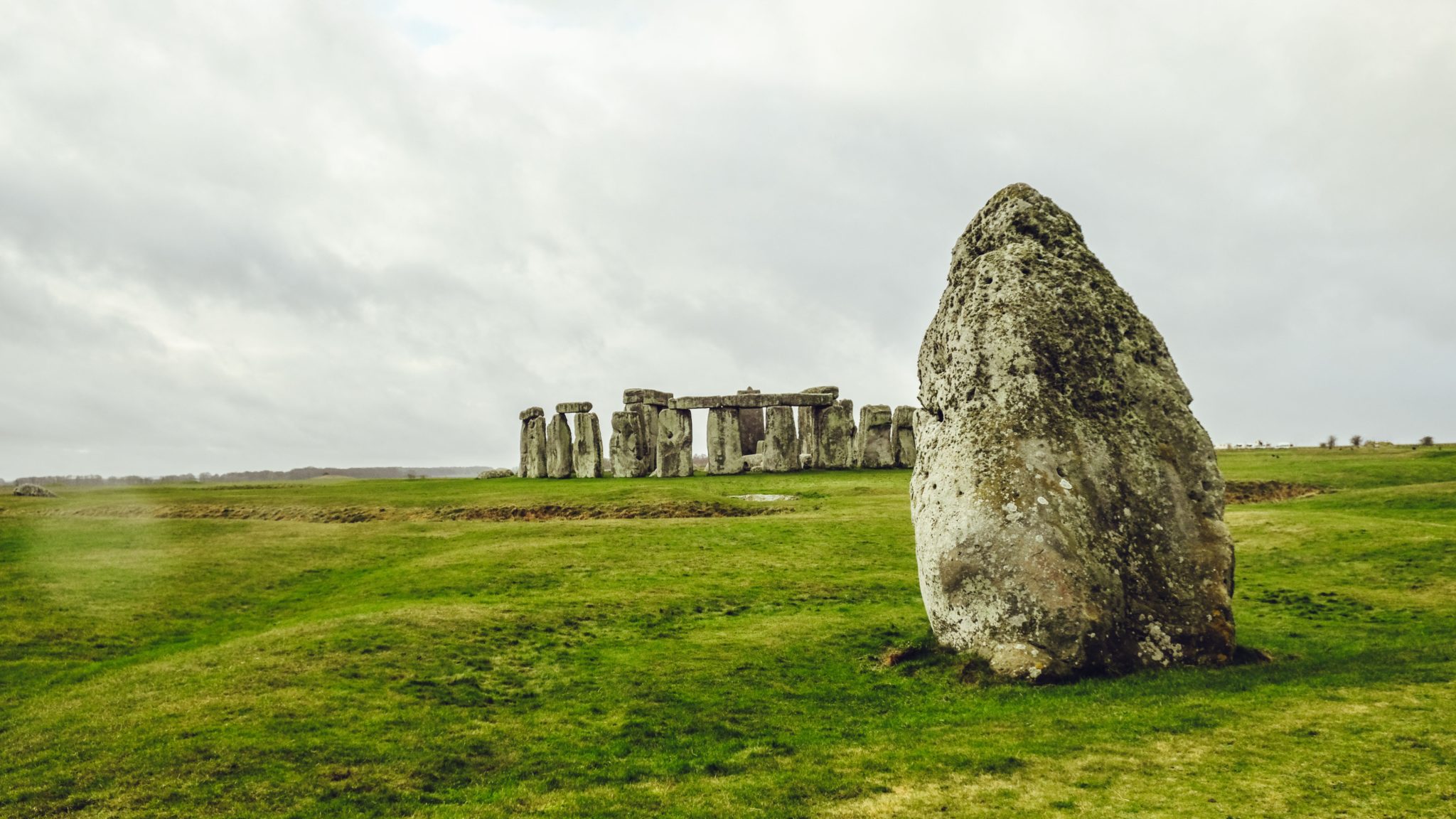 Stonehenge photographed by Sofía Rabassa
Stonehenge photographed by Sofía Rabassa
June 21 marked the summer solstice, a day when the sun shines longer than any other day of the year in the Northern Hemisphere. Celebrate the solstice — and the 4.6 billion-year-old star we call the Sun — with a low-mess, process-based art project!
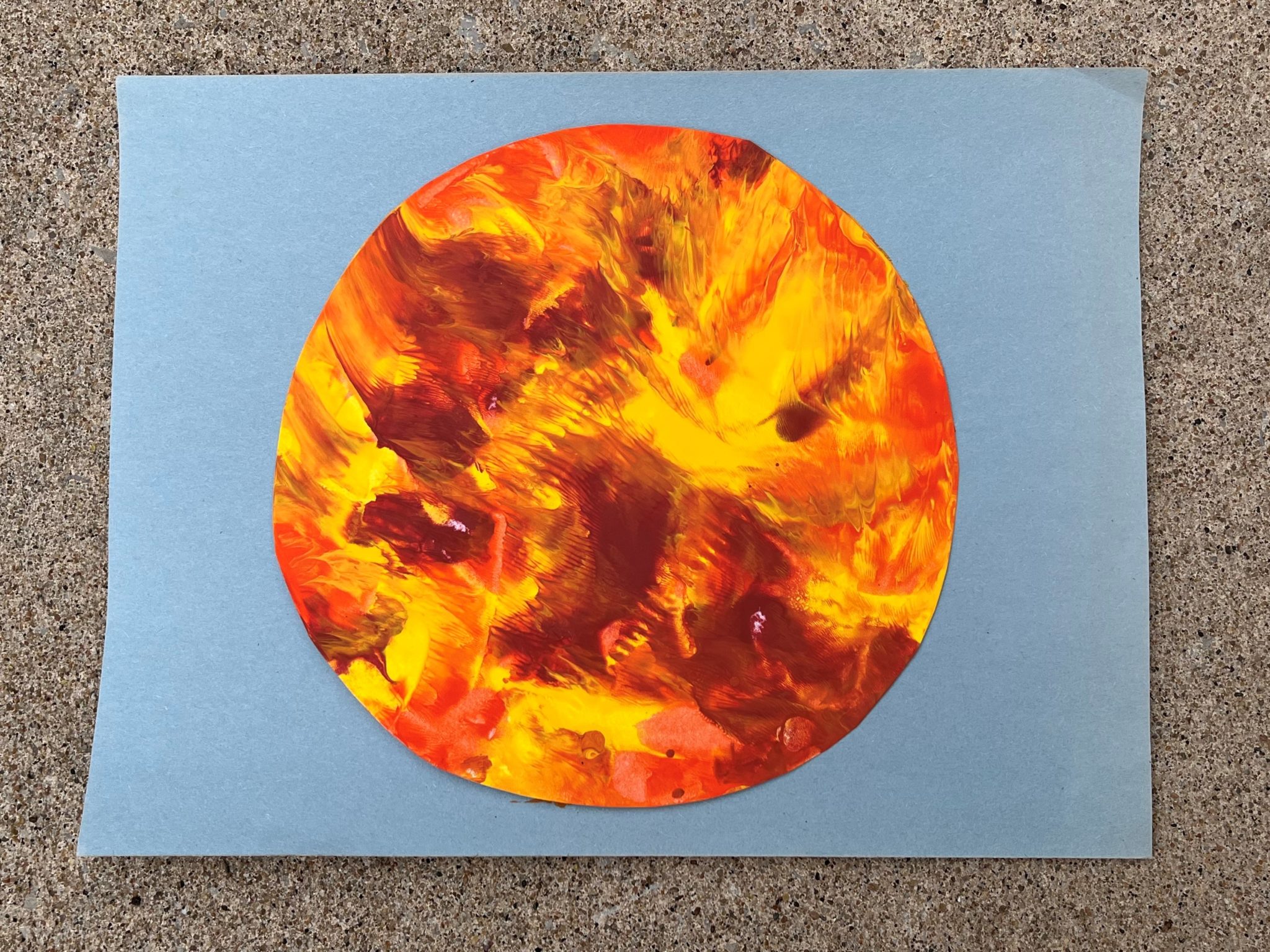 Continue reading “Summer Sun Squish Painting”
Continue reading “Summer Sun Squish Painting”
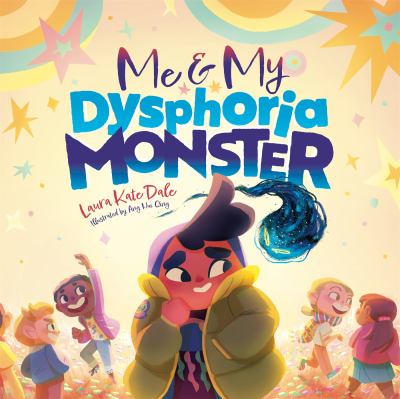

 Happy Pride Month!
Happy Pride Month! 
 We celebrate Pride all year long, so when I read “Me & My Dysphoria Monster: An Empowering Story to Help Children Cope With Gender Dysphoria” by Laura Kate Dale and illustrated by Ang Hui Qing I knew, I had to highlight it this month.
We celebrate Pride all year long, so when I read “Me & My Dysphoria Monster: An Empowering Story to Help Children Cope With Gender Dysphoria” by Laura Kate Dale and illustrated by Ang Hui Qing I knew, I had to highlight it this month.
Our story begins with Nisha, a young trans girl and her monster. She is nervous when taking pictures, going to the bathroom and even when she is invited to play with her friends. Each time she is misgendered or called by a boy’s name, her monster grows and grows. Her monster gets so big that it stops her from doing the thing that she loves. Her dad eventually introduces her to Jack, and he also has a monster. After talking to him, she realizes that there are ways to make her monster smaller like using she/her pronouns and going by Nisha. By the end of the book, Nisha is able to do her favorite activities again, and while the monster is still around, it is very small and not all-consuming. This book is awesome for trans kids and their caregivers or allies. The message of this book is great for anyone to hear — if you are struggling, ask for help! The book also has a list of terms and questions at the end for those wanting more information. Lastly, the illustrations are bubbly and cute. Well except for the monster, but don’t worry, it’s not too scary. There are parts when it takes up the whole page, which is a great visualization of anxiety. I hope you enjoy this book as much as I did! Happy reading!
I’m excited to share that our Missouri Building Block Picture Book Award Kits are back!
These kits are a wonderful way to discover new picture book titles for sharing with one child or a classroom full of kids. The ten titles were selected by a committee of Missouri librarians because they are marvelous read-alouds. This year, we have a charming selection of books, from brave birds to silly cows to talking bathtubs and more. Included in each bag are all ten nominees, accompanying activity sheets, ballots for children to vote and ‘I voted’ stickers.
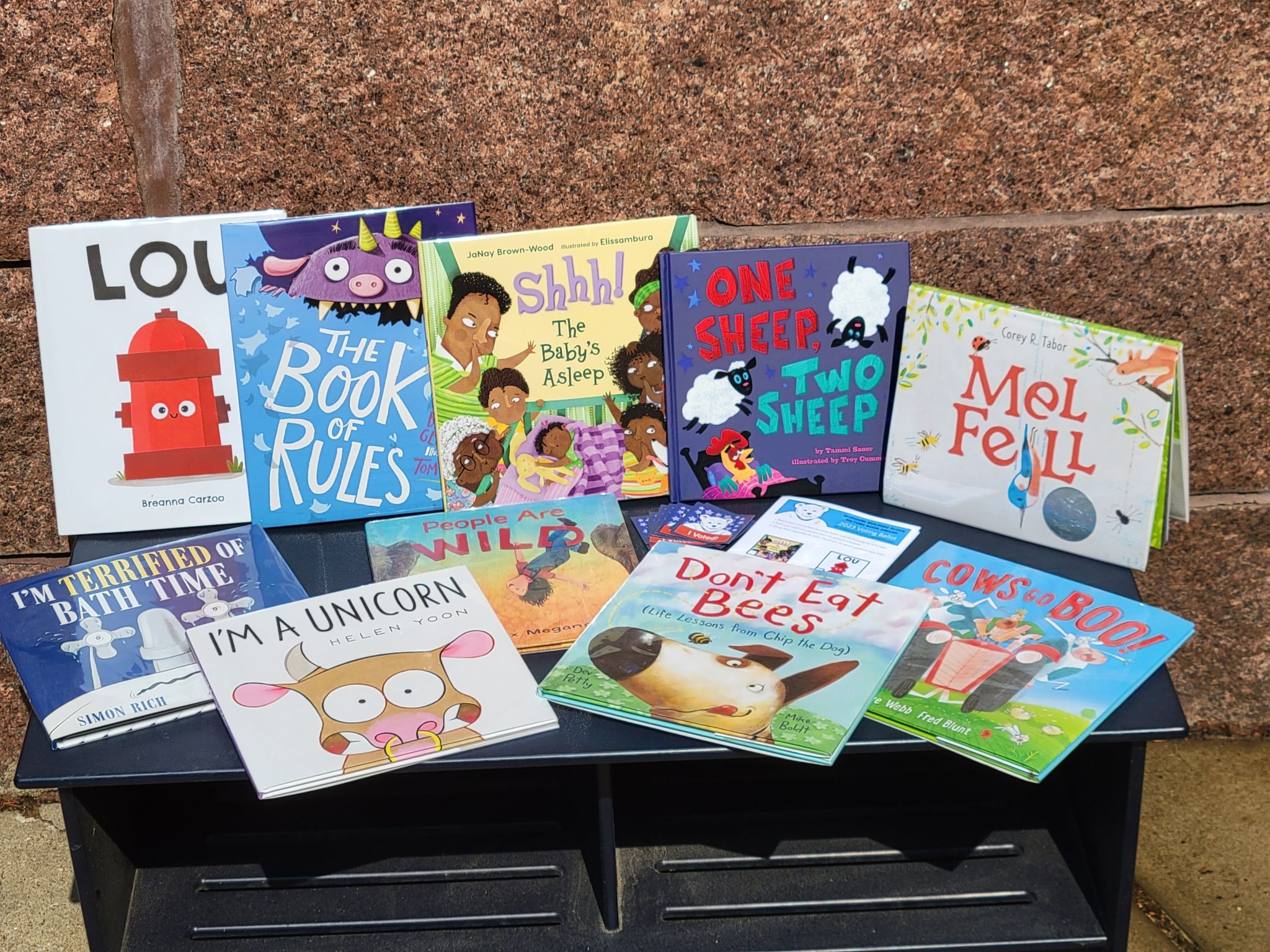
If you would like to learn more about this award, check out the Missouri Library Association’s website.
Summer Reading 2023 is finally here! As we’ve been prepping for the most exciting time of the year here at the library, we’ve been brainstorming plenty of creative ways to connect with others in keeping with the theme “All Together Now.” If you’ve got your summer reading sheet for ages 5-12 or teens, you’ll notice that one of the suggested activities is to create a collaborative piece of art with a friend. Today, I’d like to share a few ideas to get your creative juices flowing!
These simple art projects are perfect for summer school classes, family get-togethers, sleepovers, birthday parties and summer camp. If you’re a fan of family game nights or movie nights, you might even consider giving family art night a try. As you introduce these projects to your young artists, encourage unity as everyone contributes their own sense of creativity. There’s beauty in letting go and giving in to the creative process. Wherever you meet with others this summer, break out the art supplies and look for opportunities to create something new!
Exquisite Corpse
What began as a Victorian parlor game called “consequences” took to new, absurd heights thanks to the Surrealist movement of the 1920s. To play Exquisite Corpse, you’ll need at least three players. Each person folds a piece of paper in thirds and draws the head of the drawing in the top third. Fold down the top third to hide it from the next player, then pass along your drawing. The next player draws the torso, folds it down and passes it along to the final player, who draws the legs. Channel your inner surrealist and play with the definition of “head,” “torso” and “legs!” My sister, husband and I capped off our recent dinner plans with a round of exquisite corpse. I guess two of us were inspired by the pile of crayons spread across the table!
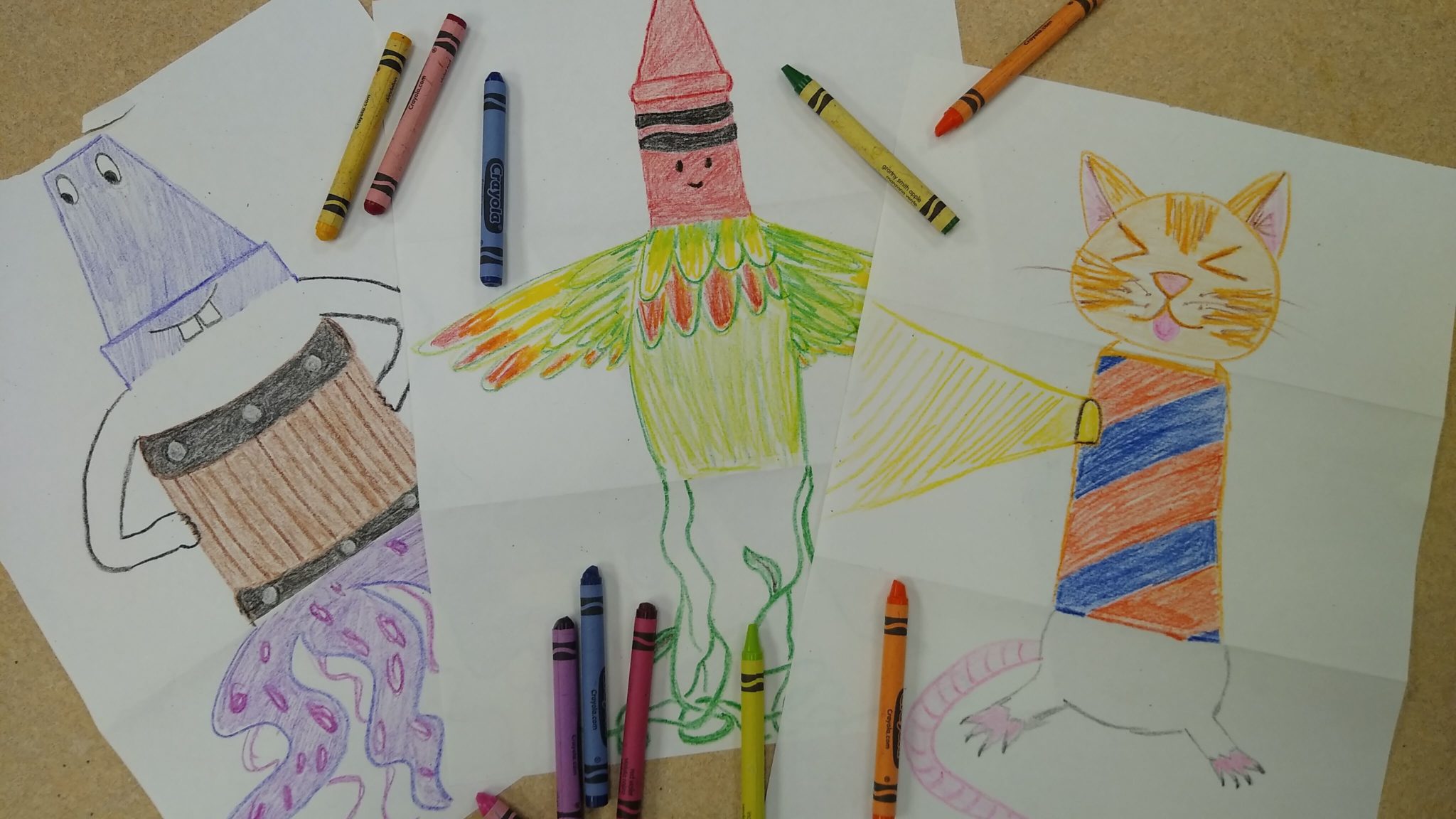 Continue reading “Creating Collaborative Art”
Continue reading “Creating Collaborative Art”
Did you know that altruism, defined as the “behavior of an animal that benefits another at its own expense,” has been observed in bat populations, especially the iconic vampire bat? Vampire bats display what scientists call “reciprocity,” which is a fancy term for friendship. For example, vampire bats don’t just take care of other vampire bats by grooming one another and sharing food (which, sidebar, they do by regurgitating blood and spitting it on their fellow bat’s face to lick up — sweet and gross!): vampire bats actually make social bonds with other specific vampire bats, forming relationships beyond kin or direct familial connection. In other words, vampire bats make and take care of friends outside of their biological family, a behavior that, until it was first documented in the 1980s, scientists thought was more exclusive to humans and other primates. It seems to me that we humans have much to learn from our bat friends, especially in the spirit of this year’s Summer Reading theme, “All Together Now.” So, to celebrate friendship, community and care, let’s make like a bat with an adorable headband craft!
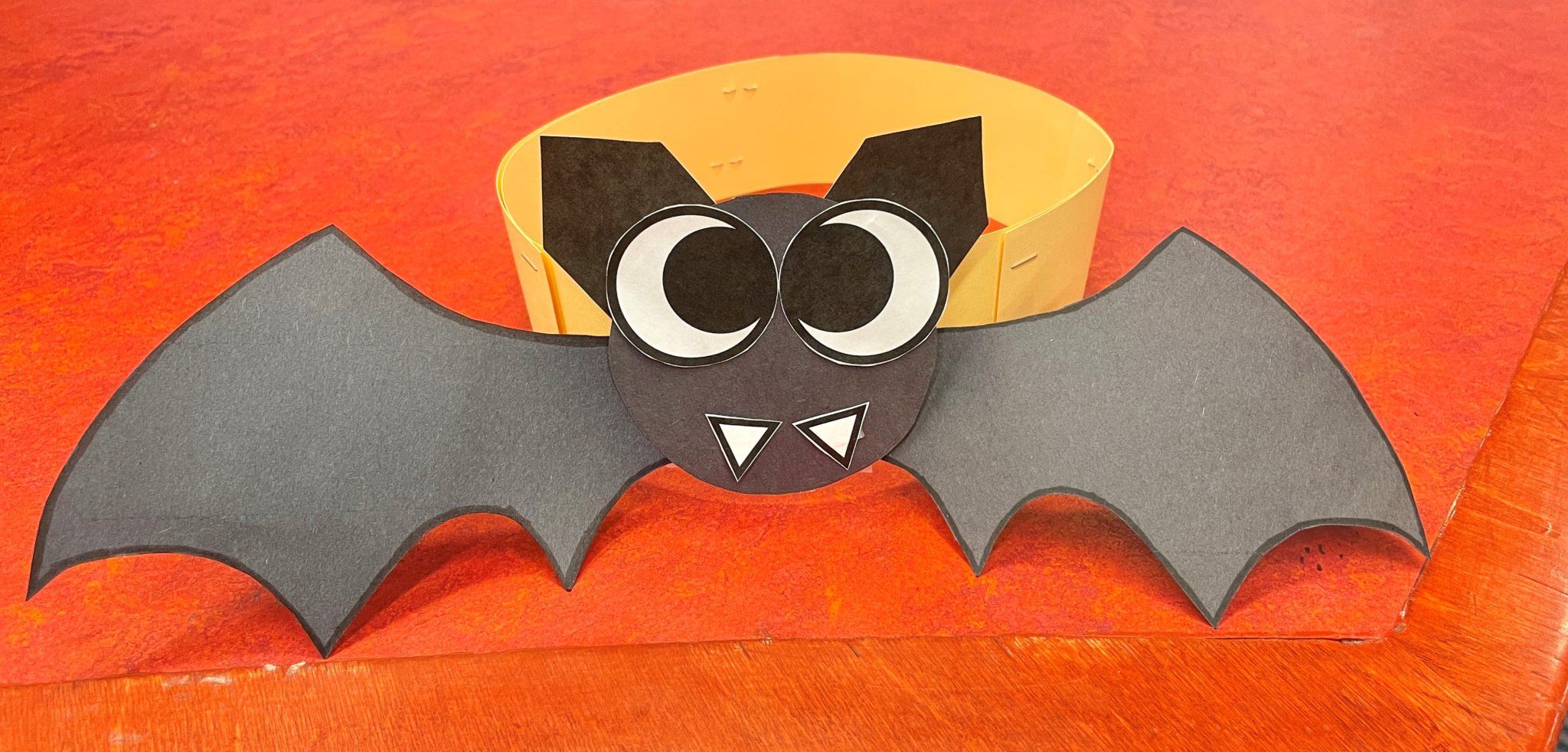
Continue reading “All Together Now . . . With Bats!  ”
”
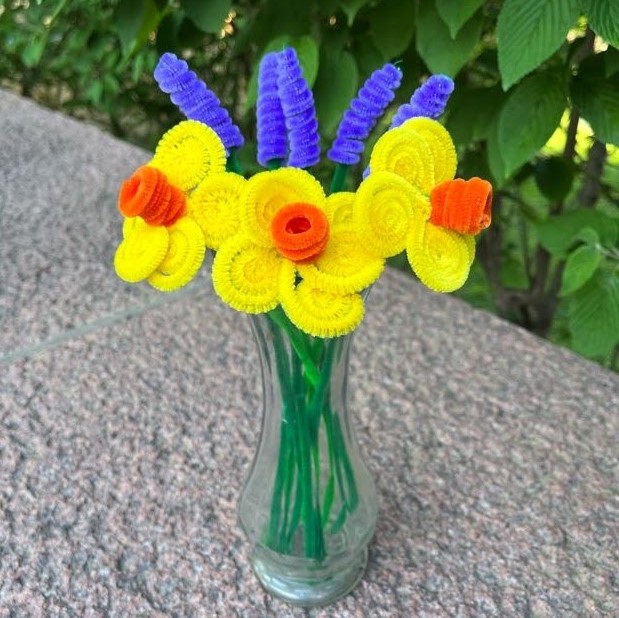
The April rain, the April rain
Comes slanting down in fitful showers,
Then from the furrow shoots the grain,
And banks are fledged with nestling flowers.
— from “April Rain” by Mathilde Blind
Although we didn’t receive the deluge of rain we might have hoped for last month, here’s a charming craft to celebrate the saying, “April showers bring May flowers.” (Thanks to this blog for the craft idea!) Continue reading “Chenille Stem Flowers”
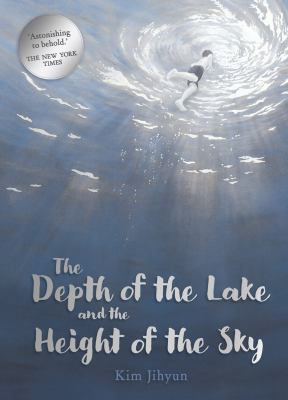
“The Depth of the Lake and the Height of the Sky” by Kim Jihyun is one of my new favorite books! This wordless picture book is illustrated in grayscale with hints of blue. Even though it is wordless, it is no less impactful than a book with one thousand words. (There might even be a saying about that.) Jihyun tells the story of a boy leaving his home in the city for a summer vacation in the countryside with his parents and grandparents. The story follows the boy and his grandparents’ dog as they have adventures through the woods and by the lake. At the end of the book, Jihyun explains that she spent a few days in another country and was inspired by how the “soft sunlight warmed my skin, a gentle breeze rippled across the deep lake, countless stars sparkled high in the night sky.” Even though the book is all in black and white, you can feel the summer sun shining through the pages. This is a must-read (or a must-look-at, since there are no words to read) to get you in the mood for those summer vibes.
This year I’ve been surprised when the flowers are blooming, and never quite sure how long they will last. So I thought it would be fun to share a craft where you can play with the wind, and also have something bright and cheerful. Pinwheels! Once you’ve made one of these pinwheels, you’ll find yourself wanting to create more and more till you have a whole bouquet of them!
First, gather your supplies. There are two patterns per page, and it’s a good idea to print extra-these are so much fun it’s easy to make a bouquet of pinwheels.
- Pencils with an eraser
- Small beads
- Pins (Mine are small and silver, but almost any sewing pin will work.)
- Coloring supplies (I prefer colored pencils and crayons.)
- Scissors
- Printed templates (Regular copy paper works best.)
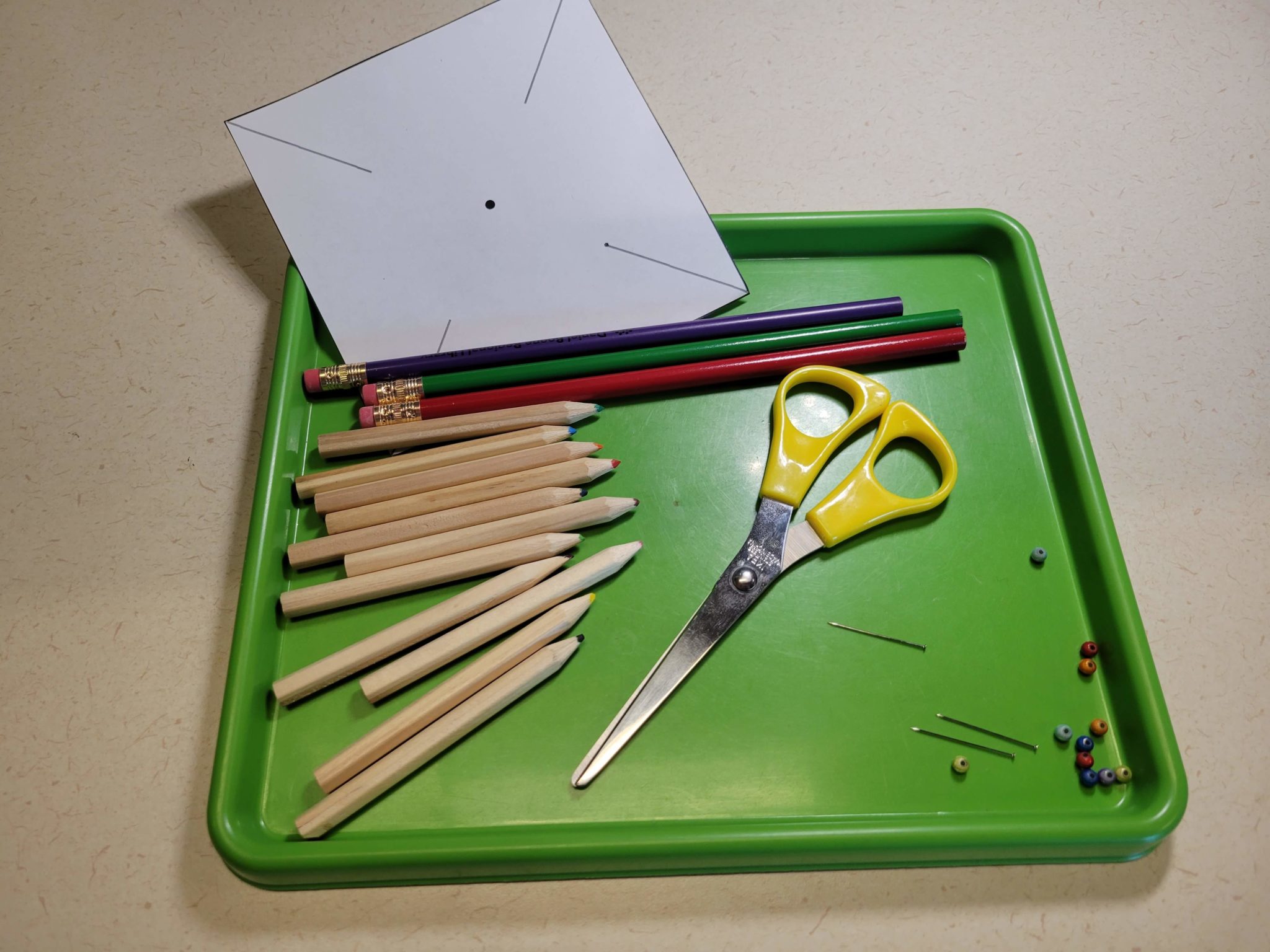
Continue reading “Pinwheel Flowers”



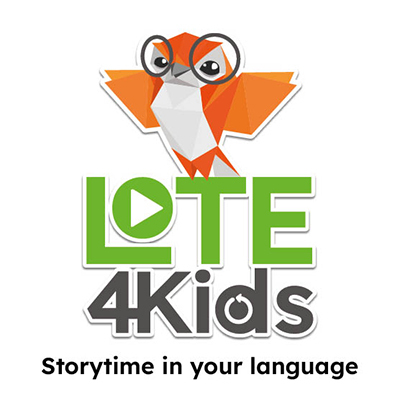

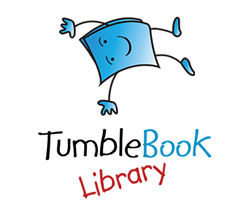

 Stonehenge photographed by
Stonehenge photographed by 








